1. The New York Draft Riots of 1863

Most history books focus on the Civil War’s battlefields, but they tend to skim over the New York Draft Riots. When the Union started drafting men to fight, many working-class immigrants—especially Irish laborers—were furious that wealthy men could pay $300 to avoid service. What started as an anti-draft protest turned into a violent, racially charged riot. For four days, mobs tore through the city, attacking government buildings, looting businesses, and targeting Black citizens in horrifying acts of violence shares BlackPast.org.
It got so bad that the Union Army had to send in troops—some fresh from Gettysburg—to restore order. By the time it was over, more than 100 people had died, making it one of the deadliest riots in U.S. history. It’s a grim reminder of how economic inequality and racial tensions shaped the Civil War era beyond the battlefields. But unless you dig deep, you probably didn’t hear much about it in school adds the New York Times.
2. The Battle of Blair Mountain (1921)
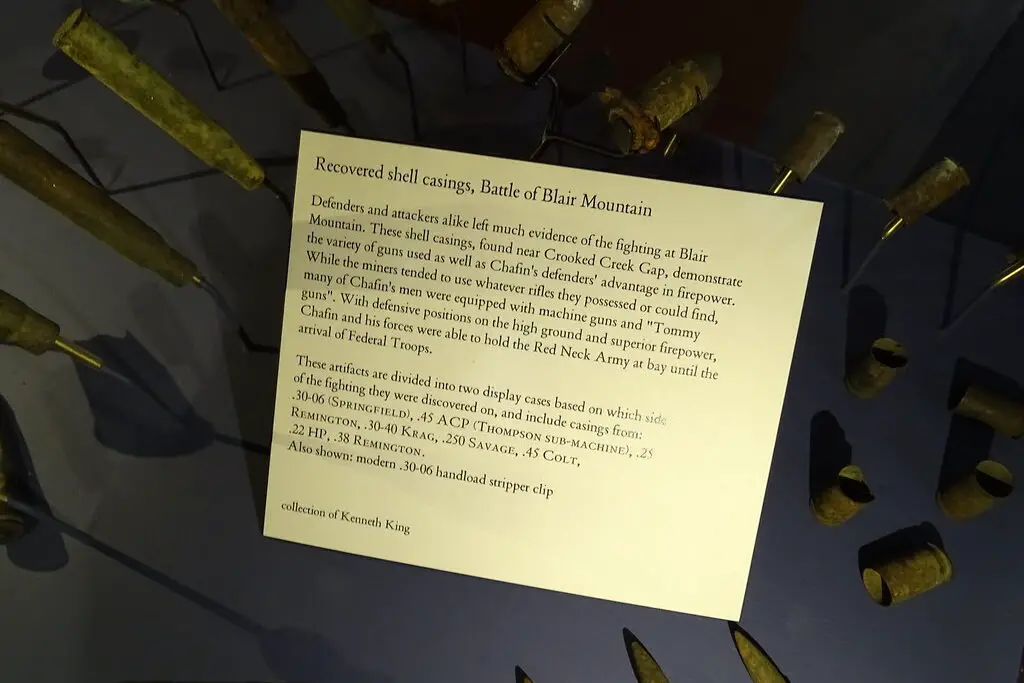
Coal miners in West Virginia weren’t just fighting for better wages—they literally fought a war. In 1921, about 10,000 armed miners marched against coal company forces, demanding the right to unionize. The coal companies had been running mining towns like fiefdoms, using private detectives to evict striking workers and even assassinate union leaders. Things escalated quickly, and the miners took up arms. For five days, they battled coal company guards and law enforcement in the largest labor uprising in U.S. history explains the National Park Service.
The federal government sent in troops and even bombed the miners from the air. Faced with overwhelming force, the miners surrendered, and many were arrested. While their efforts didn’t immediately succeed, they laid the groundwork for future labor protections. Somehow, one of the biggest armed uprisings in American history barely gets a footnote in most textbooks says AP News.
3. The Tulsa Race Massacre (1921)

For decades, the horrific destruction of Tulsa’s Black Wall Street was conveniently ignored in classrooms. The Greenwood District was a thriving Black community full of businesses, homes, and prosperity. But in 1921, a false accusation against a Black teenager led to a white mob attacking the neighborhood. Over the course of two days, mobs burned homes, looted businesses, and even dropped bombs from private planes.
It’s estimated that hundreds of Black residents were killed, and thousands were left homeless. Yet for years, this atrocity was downplayed or erased from history books. Survivors rarely spoke about it out of fear, and it wasn’t until recent years that the massacre received widespread recognition. It’s a chilling example of how history can be buried when it’s inconvenient.
4. The U.S. Occupation of Haiti (1915-1934)
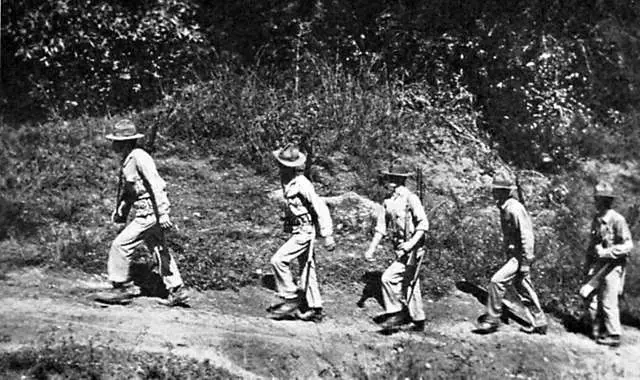
Most people know about America’s role in World War I, but few realize the U.S. was also occupying Haiti at the time. In 1915, after the assassination of Haiti’s president, the U.S. sent in the Marines under the guise of stabilizing the country. What followed was nearly two decades of military rule, forced labor, and the rewriting of Haiti’s constitution to benefit American businesses.
Haitians resisted, and armed rebels, known as the Cacos, fought against U.S. forces. Thousands were killed, and brutal tactics were used to suppress dissent. Yet, this chapter is rarely mentioned in discussions about America’s global influence. It’s one of those moments where history books tend to skip over the uncomfortable parts.
5. The Bonus Army Protest (1932)
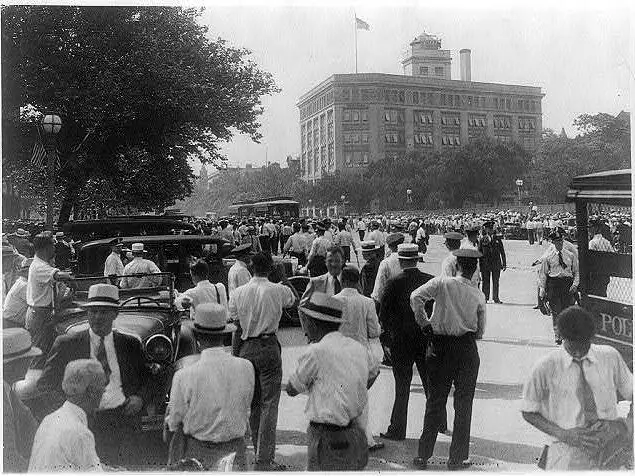
During the Great Depression, thousands of World War I veterans marched on Washington, D.C., demanding early payment of their service bonuses. They had been promised money, but the government kept delaying the payout, despite their desperate financial situations. The so-called Bonus Army set up camps near the Capitol, refusing to leave until they got their due. Instead of compassion, they were met with military force.
President Herbert Hoover sent in the Army, led by General Douglas MacArthur, to clear the camps. Soldiers used tear gas and burned down the makeshift homes, forcing the veterans and their families to flee. The brutal response was widely criticized, but it wasn’t enough to change government policy at the time. When’s the last time a history class talked about veterans being violently driven out of Washington?
6. The Ludlow Massacre (1914)
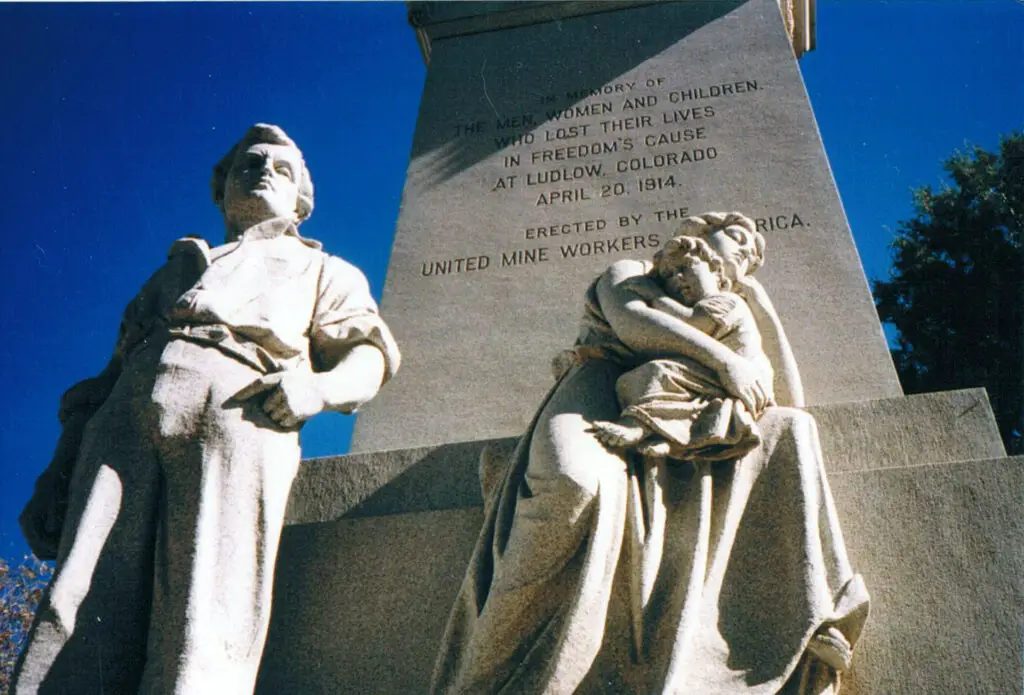
Coal miners striking for better conditions in Colorado faced off against the Colorado National Guard and company-hired gunmen. The miners, mostly immigrants, had been living in tent colonies after being evicted from company-owned housing. Tensions boiled over on April 20, 1914, when troops fired on the strikers’ camp. Women and children were trapped in burning tents as guards and miners exchanged gunfire.
By the end of the day, dozens of people, including women and children, were dead. The massacre shocked the nation, eventually leading to labor reforms, but at the time, justice for the miners was hard to find. The coal company, owned by the Rockefellers, faced little real consequence. Yet, despite its significance in the labor movement, the Ludlow Massacre is often left out of textbooks.
7. The Wounded Knee Massacre (1890)
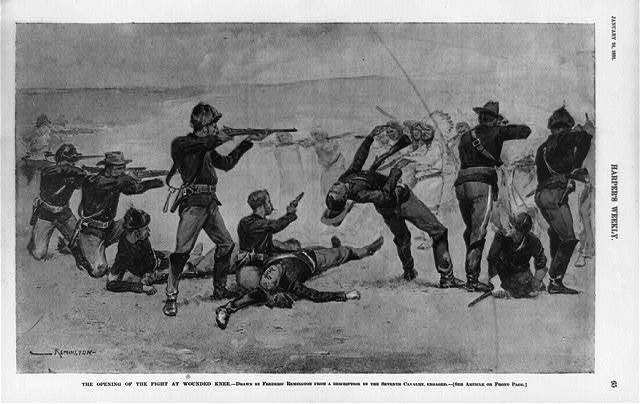
Many people recognize the name Wounded Knee, but the full story isn’t always told. In 1890, the U.S. Army surrounded a Lakota Sioux encampment in South Dakota, attempting to disarm the people. A shot was fired—accounts differ on who fired first—and chaos erupted. Soldiers opened fire with rifles and Hotchkiss guns, killing around 300 Lakota men, women, and children.
Many of the victims were unarmed and trying to flee. The massacre marked the violent suppression of Native resistance, yet shockingly, some of the soldiers involved were awarded Medals of Honor. Wounded Knee is a grim reminder of the brutal treatment of Native Americans, but it’s often reduced to a brief mention in classrooms.
8. The Destruction of Rosewood (1923)
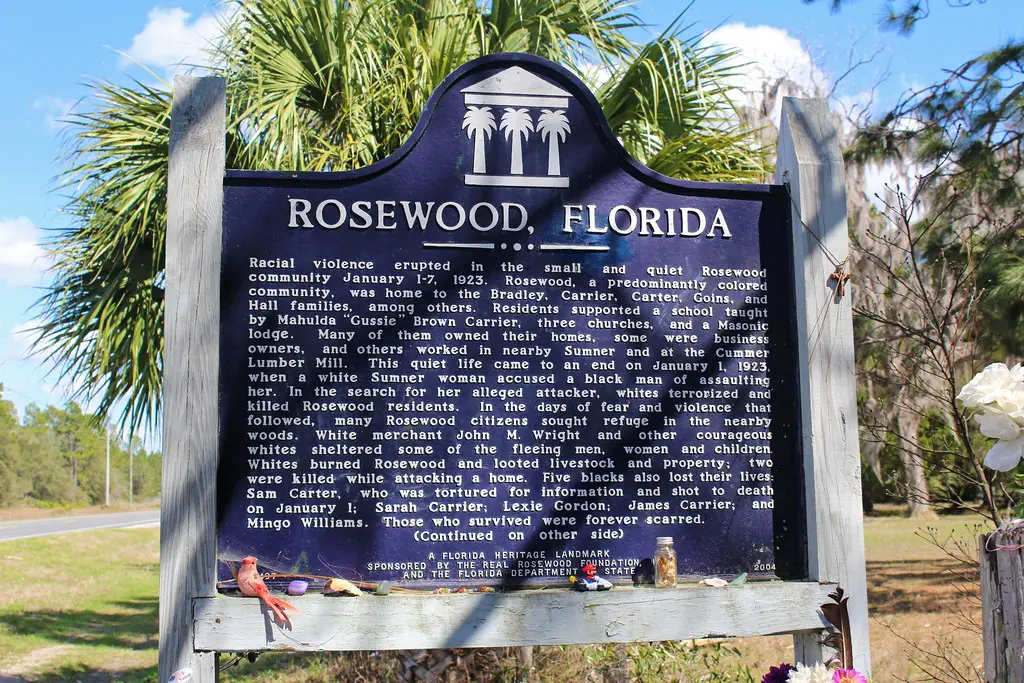
Another example of racial violence that history books tend to ignore is the destruction of Rosewood, Florida. This thriving Black town was burned to the ground after a false accusation against a Black man sparked a white mob’s fury. Over several days, homes were torched, and residents were murdered or forced to flee. Survivors were left homeless and never received justice.
For decades, the story was covered up, with survivors too afraid to speak out. It wasn’t until the 1990s that Florida formally acknowledged what happened and offered reparations to some survivors. But for most people, Rosewood is still an unfamiliar name. It’s another moment of history that was too uncomfortable to teach in schools.
9. The Coup in Wilmington (1898)
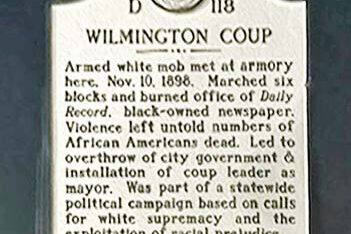
In one of the only successful coups in American history, white supremacists violently overthrew the legally elected government of Wilmington, North Carolina. At the time, the city had a thriving Black middle class, and Black politicians held power. White Democrats, unwilling to accept this, organized a coup. Armed mobs stormed the city, killing dozens of Black residents and forcing others to flee.
Newspapers at the time falsely framed it as a “race riot,” but it was a coordinated effort to dismantle Black political power. The government was taken over, and Black leaders were banished. For years, this event was left out of history lessons, despite its major implications for race and democracy in the U.S. Wilmington’s true story is only now getting the attention it deserves.
10. The Philadelphia MOVE Bombing (1985)
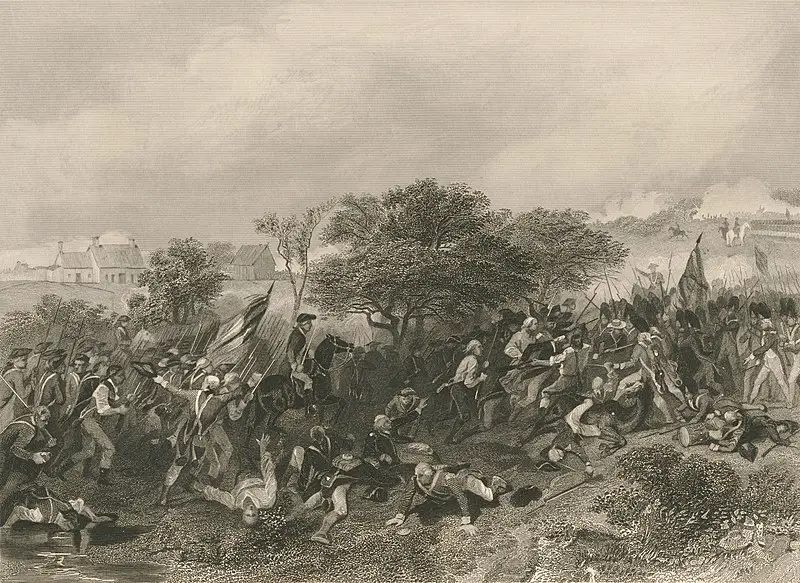
In a shocking act of state violence, the city of Philadelphia bombed its own citizens. MOVE, a Black liberation group, had been in conflict with the city government for years due to their radical beliefs and communal lifestyle. On May 13, 1985, after a tense standoff, police dropped explosives on MOVE’s home. The resulting fire was allowed to burn, destroying over 60 homes in the neighborhood.
Eleven people, including five children, were killed in the attack. The city later admitted wrongdoing, but no officials faced serious consequences. It’s one of the rare instances where the U.S. government used military-grade force on its own civilians. Yet, for many Americans, this piece of history is barely mentioned—if at all.
11. The Great Mississippi Flood of 1927 and Its Aftermath
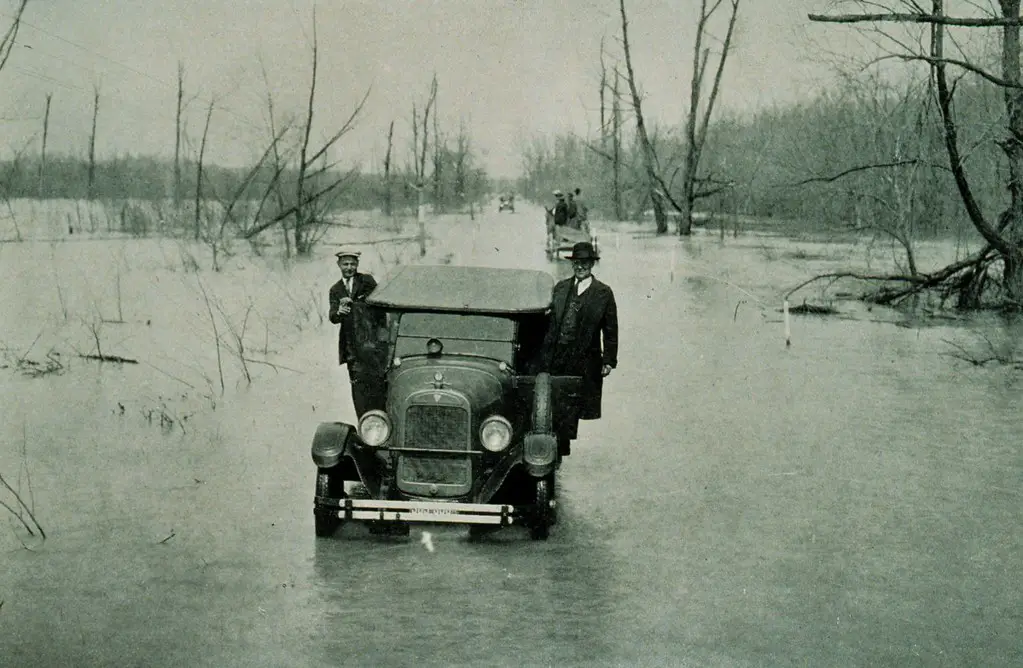
The Great Mississippi Flood was one of the worst natural disasters in U.S. history, but the real tragedy was how the government responded. The flood displaced hundreds of thousands of people, many of them Black sharecroppers. Instead of providing aid, white landowners forced Black refugees into segregated camps where they were forced to work under brutal conditions.
The federal government’s failure to help Black communities pushed many to migrate north during the Great Migration. The disaster also shaped future flood control policies, but the racial injustices that followed were rarely discussed. While the flood itself was a natural disaster, the response was a man-made one rooted in systemic racism. This was one of those defining moments in American history that somehow got lost in the textbooks.
12. The Chinese Massacre of 1871
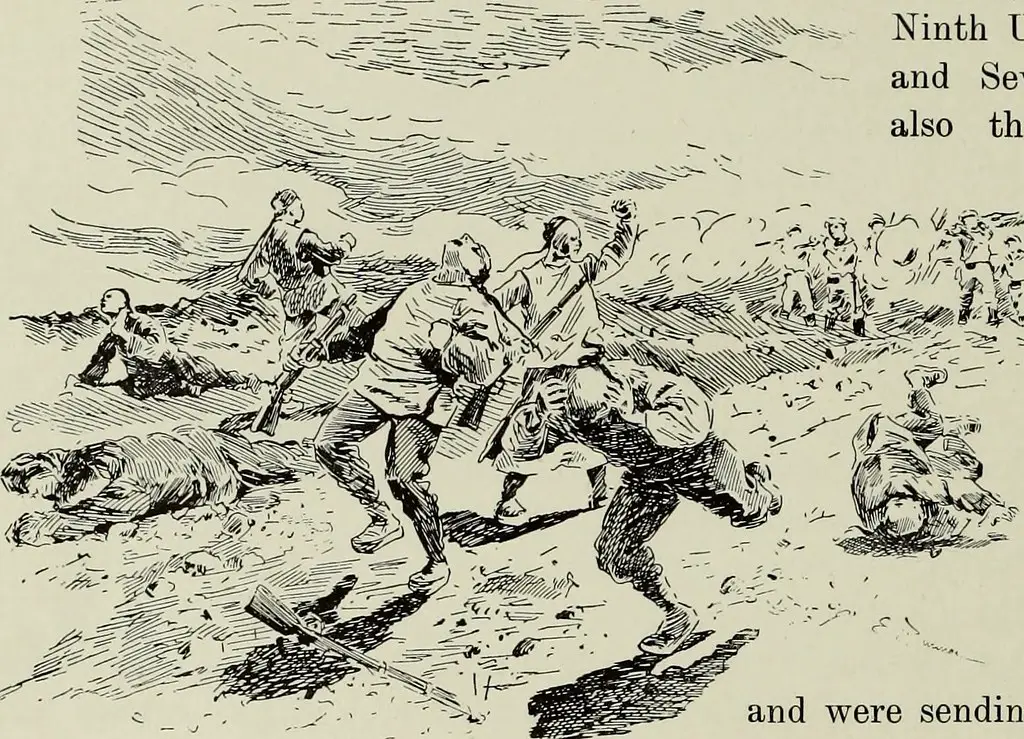
When people think of race riots in the 19th century, they rarely consider the Chinese Massacre of 1871. At the time, anti-Chinese sentiment was raging in California due to economic fears and racism. In Los Angeles, tensions exploded when a mob of around 500 white and Latino men stormed Chinatown. They brutally beat, robbed, and murdered at least 18 Chinese residents, making it one of the largest mass lynchings in U.S. history.
The victims were hanged in broad daylight, and their homes and businesses were ransacked. Despite the horror of the event, only a handful of the attackers were ever convicted—and even they had their sentences overturned. The massacre played a key role in shaping anti-Asian laws like the Chinese Exclusion Act, yet it’s barely a footnote in most history books. This was not an isolated event but part of a long pattern of anti-Asian violence in America.
13. The St. Louis Massacre of 1917
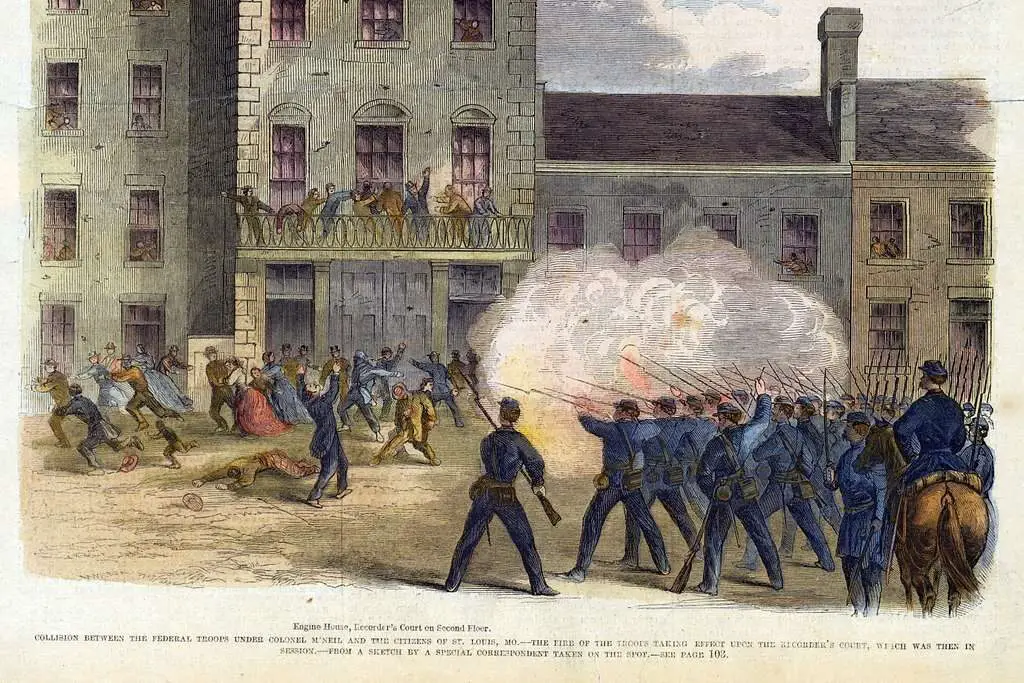
The East St. Louis Massacre was one of the deadliest race riots in American history, yet it’s often overshadowed by other events of the era. Tensions had been building as Black workers moved north during the Great Migration, taking industrial jobs once held by white workers. In July 1917, false rumors of Black men attacking white women ignited mob violence. White rioters burned homes, attacked Black residents, and lynched those trying to flee.
Estimates suggest that up to 200 Black people were murdered, with thousands more left homeless. The National Guard was called in but did little to stop the violence. Despite its scale, the massacre never became a defining moment in mainstream history. Like so many of these events, it was swept under the rug, leaving generations unaware of what really happened.
